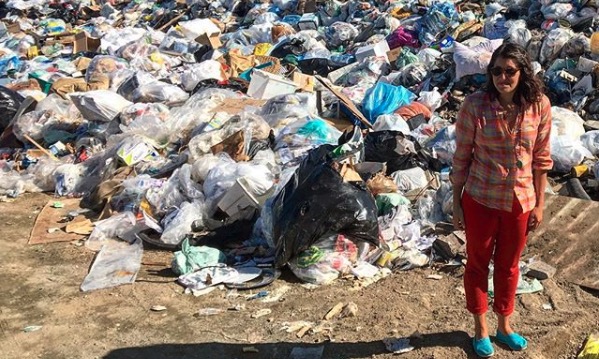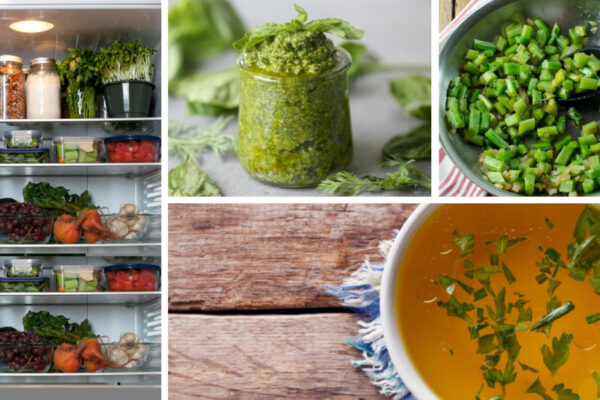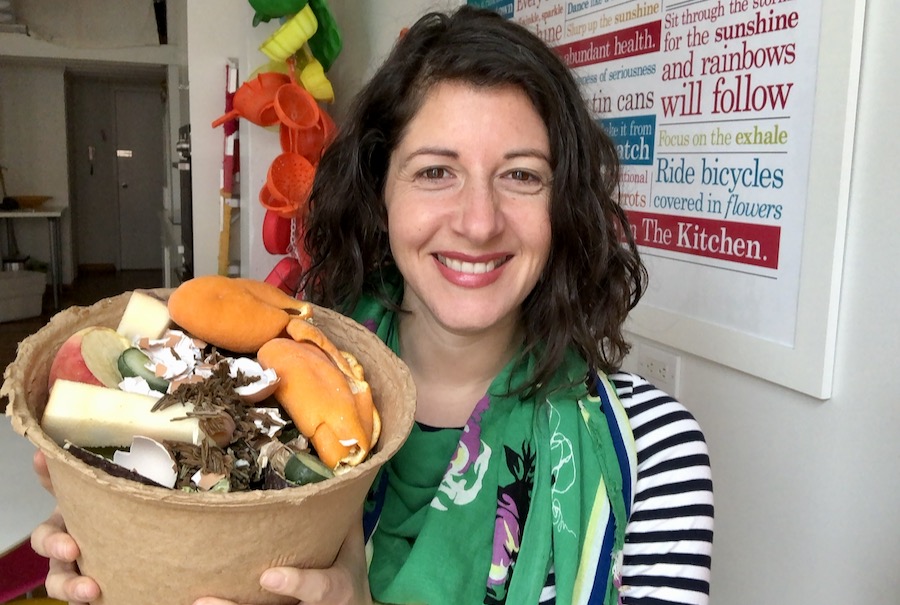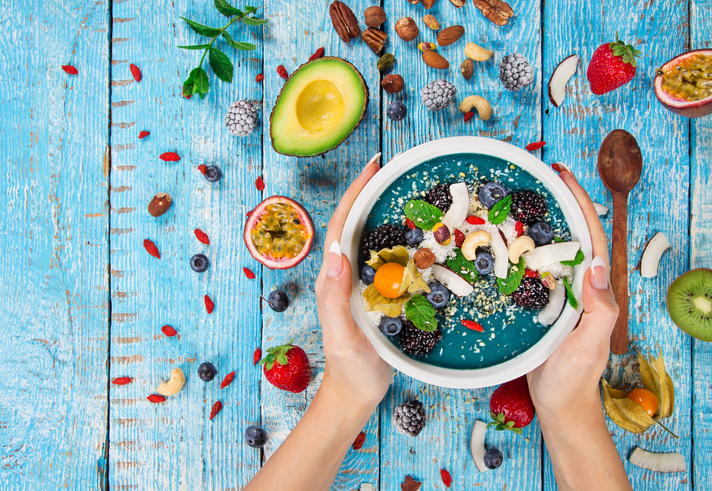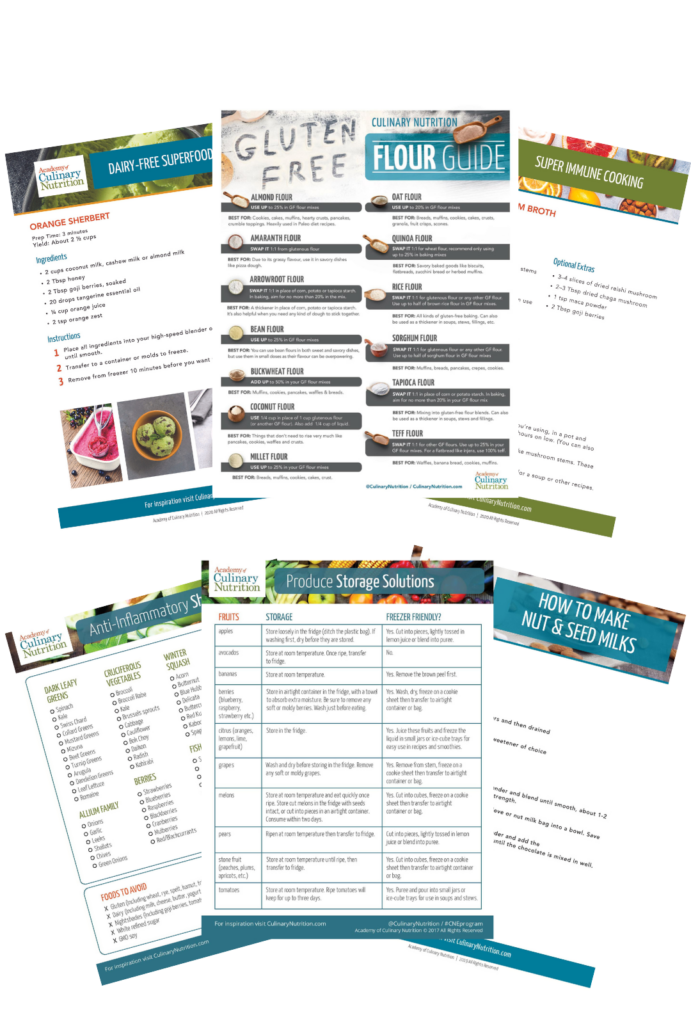12 Ways To Cut Down On Your Food Waste
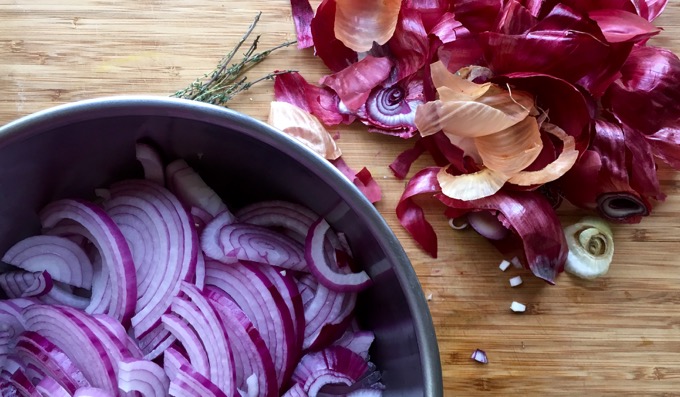
Imagine taking one third of the money you spend on groceries per year, and one third of the food you buy and threw both straight into the garbage? Well, that’s what you’re doing with the food you buy and don’t eat. Now, more than ever, it’s vital to cut down on our collective food waste and find ways to make the most of every piece of food we buy.
At the consumer level, here in Canada, we throw out $1,300 worth of food yearly and Americans toss about $1,800 worth each year. Roughly 30% of the fresh food we buy is thrown out due to spoilage.
The food waste problem doesn’t start and end with us at home, though: it’s created from ‘farm to fork’ food processing, farms, grocery stores, restaurants, and hotels. When you add it all up, nearly 60% of the food in Canada is wasted to the tune of $49.46 billion in total value. In the United States, that value is $165 billion. With people starving around the world and the heavy carbon footprint of food production, this is devastating on so many levels – especially since at least half of food waste is avoidable with some simple steps.
We tend to waste fresh vegetables and fruits the most (and healthier eaters and those in a higher income bracket toss more of them). Yes, veggies and fruits are perishable but they’re also some of the most nutrient-dense items we can consume!
Food waste is an enormous problem that costs us money, drives up food prices, depletes environmental resources like water and land, and is just downright unnecessary. But there is hope, my friends. We can’t control food waste up and down the entire supply chain – we can only take charge of our own behaviours. There are tons of ways that you can reduce food waste in the kitchen that will save you time and money.
12 ways to reduce your food waste
Learn To Cook Creatively From Scratch
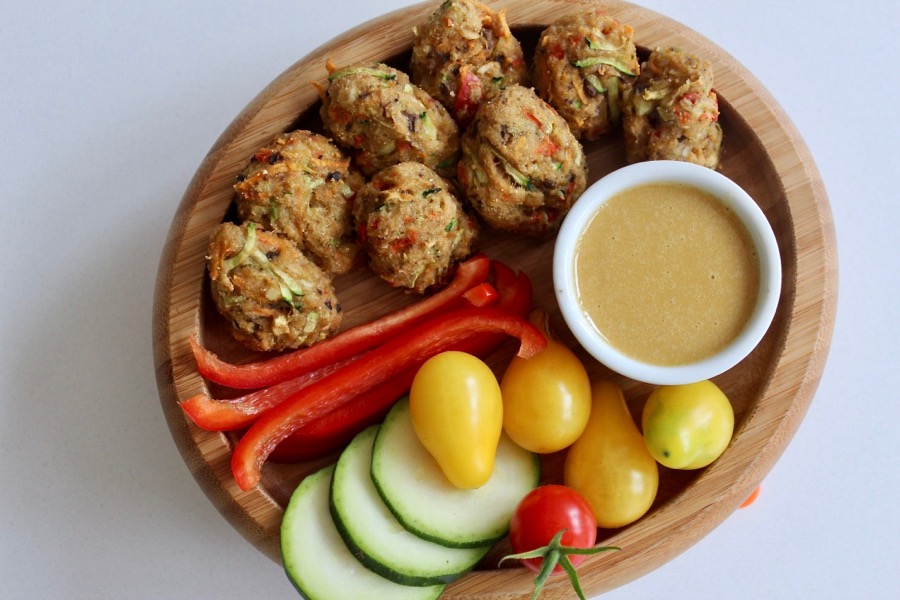
Given that most of what we waste are fruits and vegetables, get inspired to learn new ways to cook with them and how to make them taste amazing! Note: boiling vegetables to death isn’t going to improve their flavour – cooking methods matter.
Learn the art of sautéing, roasting, simmering or slow cooking to improve flavour, and make use of herbs and spices to amp up nutrition and taste. If you’d like to eat more salads, for example, massaging tough greens like kale with lemon juice and sea salt makes a huge difference in the overall texture and taste.
Don’t Toss Food Scraps
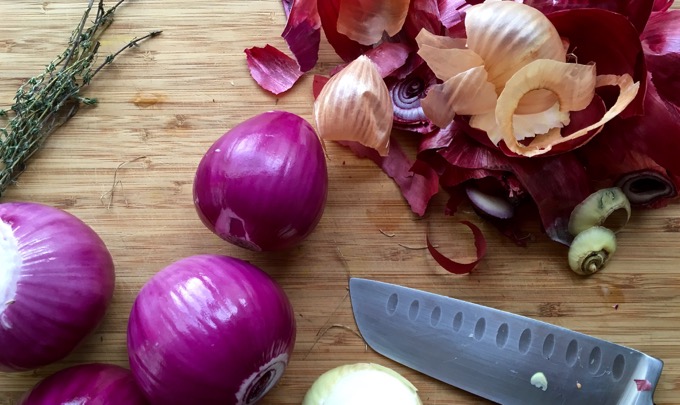
Save the trimmed ends and peelings of vegetables like celery, carrots, onions, mushrooms and potatoes in your freezer. Once you’ve got a big pile, throw them all in a pot, cover them with water and make homemade vegetable stock. And for the meat-eaters, save the bones of chicken or fish to make stock, too.
Love Your Leftovers
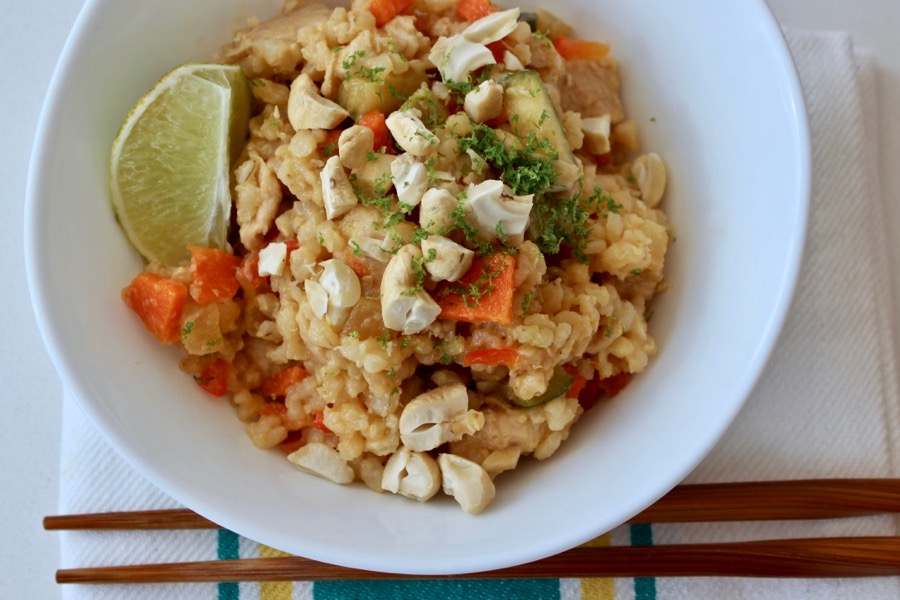
We know that variety is the spice of life, but sometimes you just need to make do with what you already have. Find ways to switch up yesterday’s meal – make mashed potatoes into hash brown patties, use random fridge bits for pasta, add leftover grains and beans to a soup or stew, or toss that tempeh into a sandwich. Here are tons more ideas for what to do with your leftover ingredients or meals.
Make a Shopping List
It’s great to be spontaneous and flow with whatever food ideas inspire you. It’s also great to plan your meals ahead of time and know what ingredients you need in the right quantities. Cooking will be a breeze and you’ll waste much less.
Buy What You Need
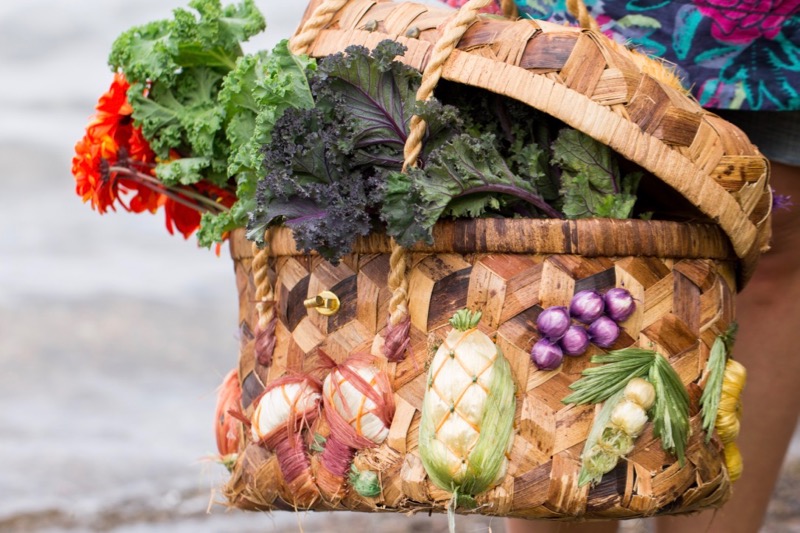
Buying five avocados for the price of two is only a bargain if you’ll actually use all of them before they go bad. Don’t purchase things simply because they are on sale or the bulk price is cheaper, unless the items are ones that will last a while, such as beans and grains.
Get Your Kitchen Organized
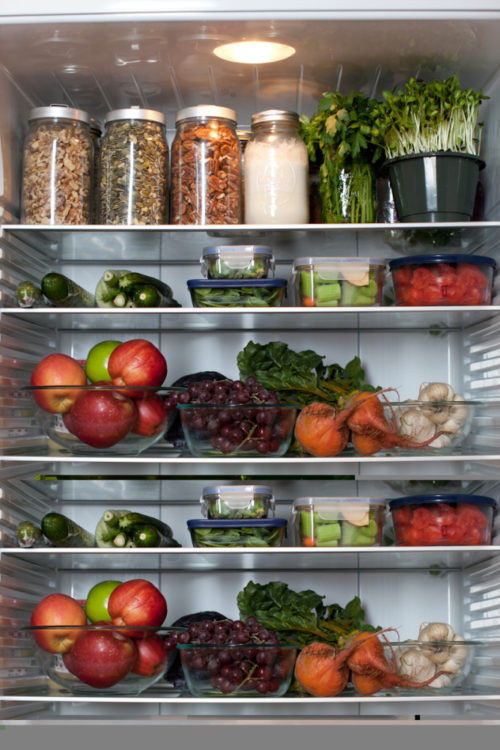
Take stock before you shop so you don’t buy something you already have. Move older produce to the front of the fridge so you’ll use it first, and make sure you have plenty of food storage containers in case you need to toss something in the freezer. In other words, keep things organized.
Learn How To Make Food Last
If you find that things in your fridge always go bad quickly it could be due to the way you’re storing it. Many veggies last longer if you plunk them in a container of water, while herbs stay fresher if you put them in a mason jar, wrap them with a recycled plastic bag and secure them with a rubber band.
Not everything has to go in the fridge, either. Ripe tomatoes can be stored on the counter, and garlic, onions, and root veggies can all be stored in a dry, cool area.
Prep veggies like celery, broccoli, and peppers as soon as you get home from the grocery store and keep them in nifty glass food containers. Learn best practices for storing food in the fridge here.
The Freezer Is Your Friend
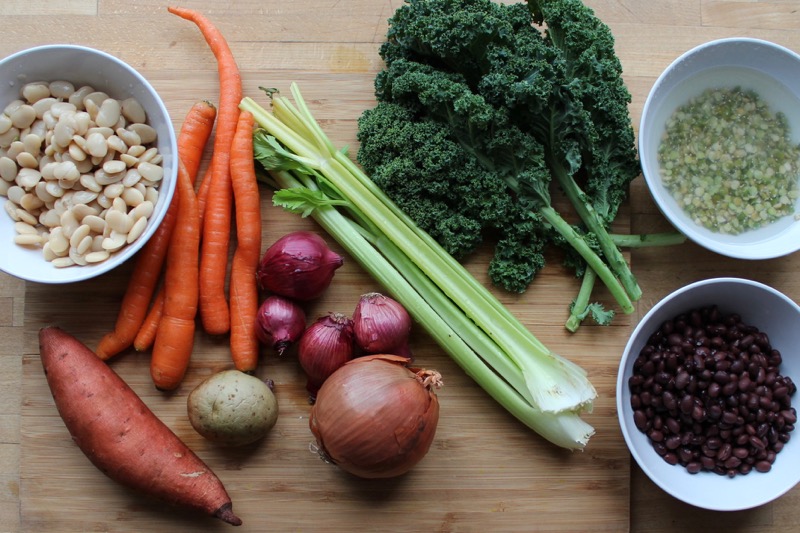
- Leftover soups, stews, salsas, broths, curries, and sauces all store well in glass jars in the freezer.
- Freeze fruit on a parchment-lined baking sheet and then store them in sealed containers.
- Pulverize stale bread and freeze your new breadcrumbs.
- Use those ice cube trays for more than just water – stuff them with pestos or vegetable stock instead, so you can use them in your cooking later for an extra hit of flavour.
The nice thing about storing food in the freezer is you’ll have instant frozen meals for when you’re in a hurry! Check out my full guide to freezing food – including tips and a classic video from my superstar grandmother.
Use Your Judgment On Best Before Dates
A ‘best before’ date simply means that a food will lose freshness, taste or nutritional quality after the date stamped on the package. Many of us are much too quick to toss food after the best before date, even if the food looks, smells and tastes fine. Learn more about best before dates here.
On the flip side, food can also go bad before it has reached its best before date. I recommend you use your senses as a guide for most food items.
Learn The Art of Pickling, Fermenting, Canning and Preserving
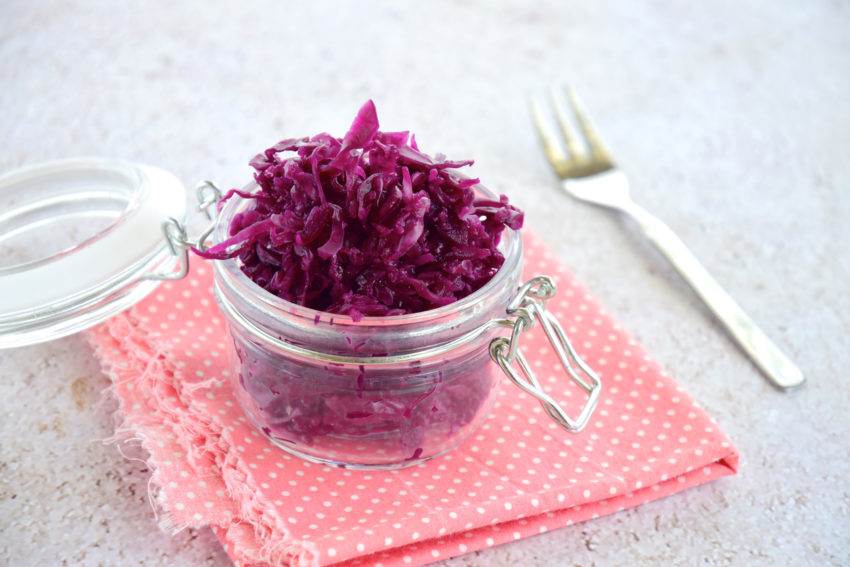
You don’t need to get all fancy with your preservation methods – it can be as simple or extensive as you want it to be. Learn how to make sauerkraut and other fermented foods like pickles and kimchi, or make a huge batch of jam at the end of the summer and stick it in the freezer. A food dehydrator – or the oven on its lowest setting – can help you dehydrate fruits, vegetables or meats for later, or you can make fruit rollups and kale chips.
If you’d like to dive deep into food preservation, check out this basic food preserving guide or the cookbook Batch.
Don’t Buy Cheap Food
Most people will rush out to buy the latest expensive cell phone technology, but balk at the price of a pound of apples. Food gives us the nutrients we need to thrive. We live in a culture that believes food should be cheap and when we don’t value our food it’s easier to toss it. Buying good quality, organic food means you might make more of an effort to use it.
Compost
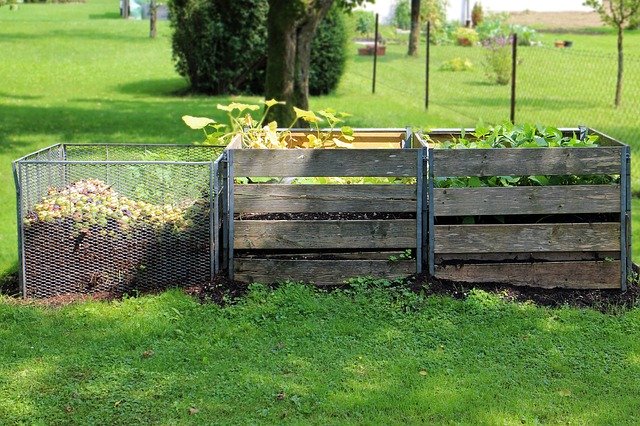
When you feel you’ve exhausted every option, put your food waste in your compost pile. Many cities now offer curbside compost collection, which makes it much easier for us to compost than ever before. Make an effort for this to be your last resort, not your first.
With these tips to reduce food waste, you can make the most out of your ingredients and your budget!
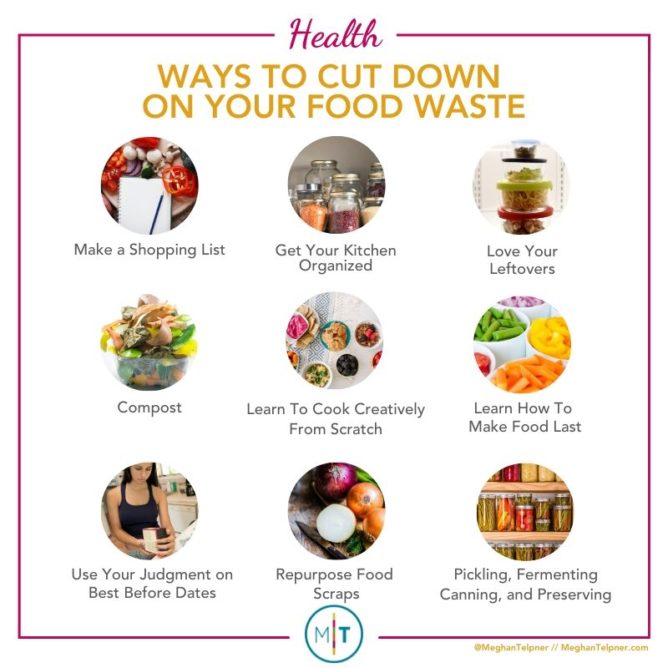
Free Resource Library
Enjoy more than 40 downloadable guides, recipes, and resources.


















